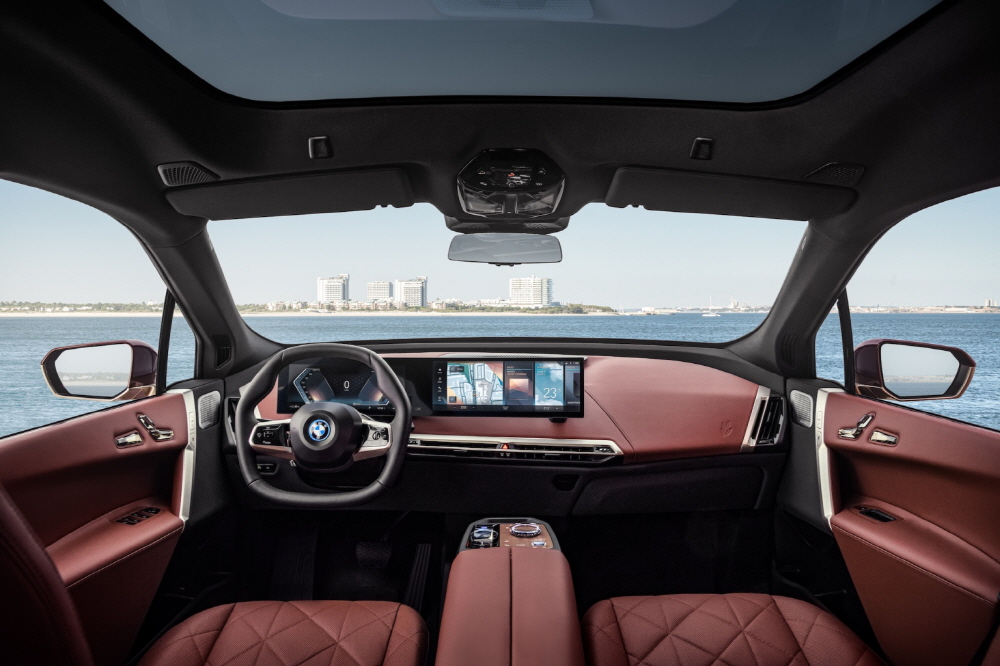
President Biden signed the $1 trillion infrastructure investment bill on November 15 (local time). The bill aims not only to renew infrastructure such as aging bridges and roads, but also to overhaul high-speed communication networks and create new jobs. In addition, investment in measures to improve vehicle safety and eliminate traffic accidents caused by drunk driving is expected, and the possibility of obligatory technology to prevent drunk driving is reported.
The Infrastructure Investment Act signed by President Biden, led by the U.S. government’s transportation sector, is evaluating surveillance systems to eradicate drunk driving, giving all automakers time to comply, and plans to include driver surveillance in all new cars by 2026. am.
According to the Washington, DC-based Eno Center for Transportation, $17 billion of the $1 trillion in infrastructure investment bills will be allocated to traffic safety programs. U.S. Transportation Secretary Peter Buttigieg only mentions that the budget allocated to the road safety program is allocated to road maintenance and drinking water, but Mothers Against Drunk Driving said the program was not intended to be an end to drunk driving. It is the beginning and the most important law, but it will also lead to the de facto exclusion of road killers for America.
In October 2021, the U.S. Department of Transportation announced that an estimated 20,160 people died in road accidents in the first half of 2021. This number is the highest since 2006, when the agency started statistics on traffic accidents. According to the U.S. Department of Transportation, every year in the U.S., 10,000 people die in traffic accidents related to drunk driving, which accounts for 30% of road fatalities.
Currently, in the United States, a person convicted of drunk driving is obliged to install an ignition interlock in the vehicle that checks the driver’s breath before driving and prevents the vehicle from starting if alcohol is detected. However, there is no technology that specifically mandates the introduction of an ignition interlock because the infrastructure investment bill traffic safety program requires the introduction of a technology that can passively monitor the performance of a car driver and accurately identify whether the driver is normal or not.
One mobility analyst says that the most likely technology to be installed in cars to prevent drunk driving is driver monitoring through infrared cameras. In addition, the same technology is being introduced by automobile manufacturers such as General Motors and BMW, and the partially automated technology is being used as a driver monitoring technology for autonomous vehicles.
This kind of technology makes sure that the driver is watching the road and that the driver is not falling asleep or losing consciousness. If any signs of drowsiness or loss of consciousness are detected, the car warns the driver. If the signs persist, turn on the hazard lamp to slow down the vehicle and bring it to a halt on the shoulder of the road.
He hopes that this kind of technology will be built into cars as anti-drinking technology, and that adopting an ignition interlock that forces everyone to breathe in a tube every time they get in the car isn’t a viable solution.
In addition, the infrastructure investment law traffic safety program requires a system to be installed to prevent leaving children in the car, or it is planned to update the car safety standards set decades ago. Related information can be found here.


















Add comment